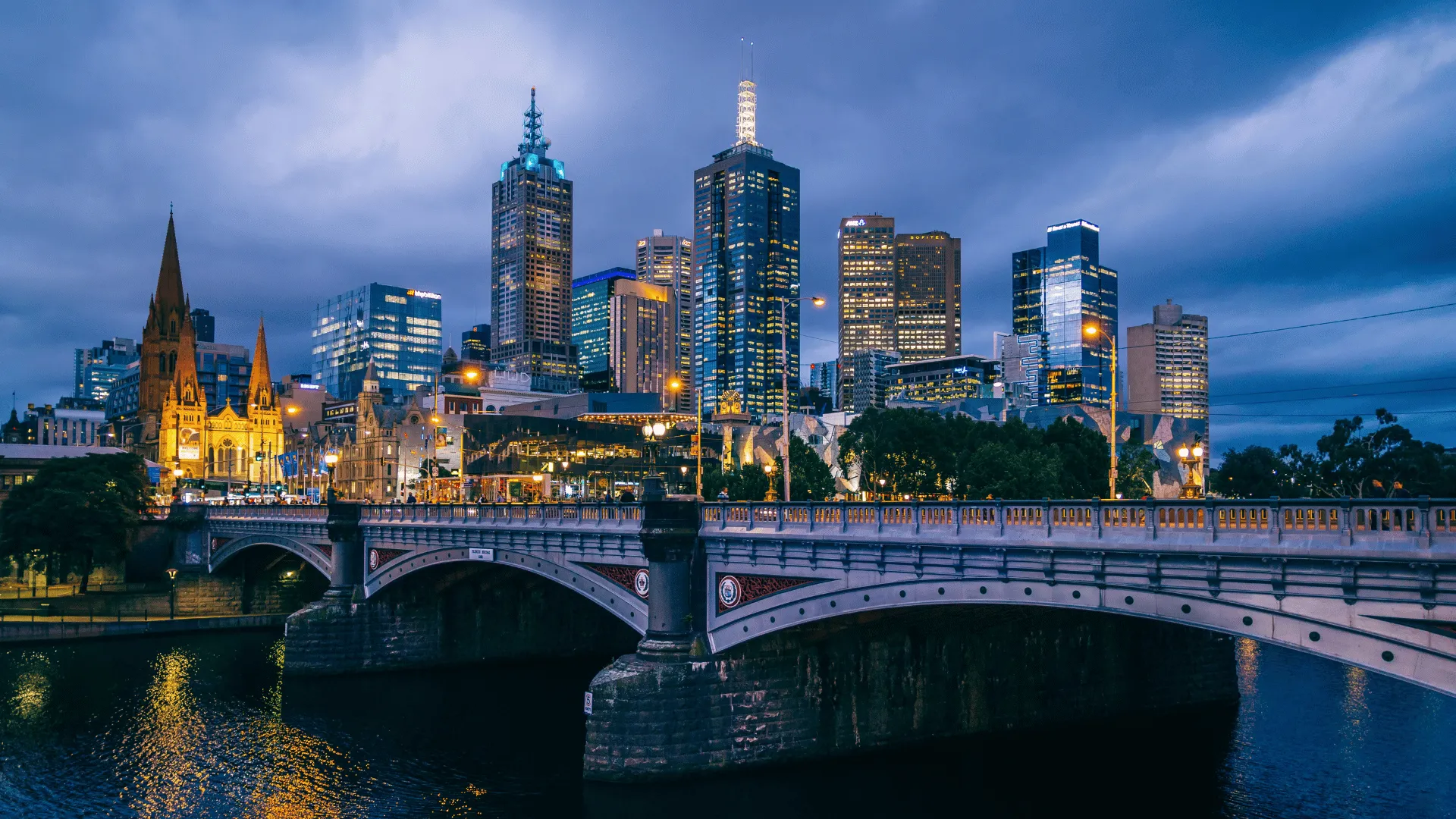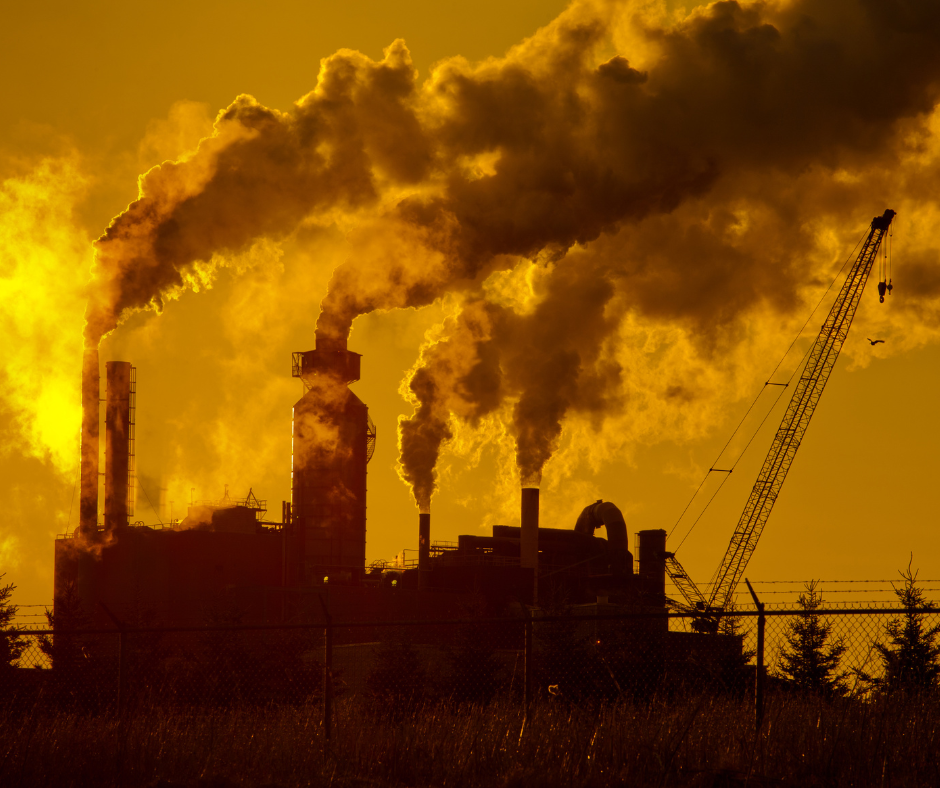The Safeguard Mechanism is the legislation which came in in 2016, it was designed to reduce the emissions of the industrial sectors within Australia with targets, or baselines, capping the amount of emissions each facility can emit. The flaw was that the large industries could continue to re-set these baselines to ensure that as production increased, so did the baseline, and as such the emissions would also be increased without penalty. In the Financial year 2020 – 2021, these 215 large emitters made up 28% of Australia’s Carbon Footprint.
During the election campaign the Albanese government stood on a pledge to tighten the legislation around these 215 facilities to ensure that they were contributing to the now legislated target of a 43% reduction in emissions by 2030 (v’s 2005) and net zero by 2050.
Well yesterday, 10th January 2023, the government after extensive round tables, consultation papers and responses released their “draft” position paper. I use the word draft in quotes as the timeframe for change to this draft is less than likely. Responses are due by the end of February and it going in front of ministers in April to be enshrined with a 1st July 2023 start date. I think we can safely say the government have set their cap on their desired outcome.
So, what has been decreed. Well in brief, bar the reduction in baselines, 4.9% annually until 2030 and a review following that, and a cap and trade scheme to allow under baseline emitters to benefit from a new (non-financial!) ACCU called a Safeguard Mechanism Credit (SMC), the big changes and costs, will come to those emitters who will be eventually pushed onto non-site specific variables and forced to use “industry benchmarks”. They can apply for exemptions until 2030 but even these will be under tightened scrutiny and cherry picking your years of production will no longer be allowed. This will be a blow to some who rely on their baselines to reduce costs in those high production and high emitting years. These emitters will also no longer be able to sit on high reported, calculated or fixed baselines and will loose their site-specific variables by the end of this decade in an already reducing baseline decline rate.
To cap this cost, the government are proposing a ceiling for the ACCU market. They propose this to be set at $75/tCO2-e initially and increasing by CPI +2% annually after the first financial year, FY24. With spot ACCUs currently trading around $34.50 (source https://accus.com.au/) this is quite a ceiling indeed.
The proposal is also tightening the benefits which can be gained by the Emission Reduction Fund Projects, with no new projects to be sanctioned and no renewal of current projects. Even those in existence will only have a two-year grandfathered period before the abatement cannot be utilised within the accounts.
Interestingly though the parts I found most intriguing were the future papers we can expect. The Chubb review was, I can now assume, purposely vague on international credits and I believe this is due to the implication from the safeguard paper that we can expect a further review, likely to come out this year, which will look at the usage of “high quality international offsets” within the ANREU. These could then be rolled into many types of legislation for Carbon Neutral claims as per Climate Active current accreditation, including Safeguard legislation.
The other interesting area is around carbon leakage with an investigation to be undertaken if Australia should follow the EU and implement a Carbon Border Adjustment Mechanism (CBAM). It would basically create a plug to stop carbon leakage between countries. i.e. if you moved production to a country which was less ambitious in its carbon policies you would still have to pay the “leakage” of that carbon, or to import that substance, if it was not manufactured within a country with similar carbon ambitions, you pay the carbon cost to use it in Australia.
Overall, there is a lot to un-pick in this paper but following extensive consultations I think (bar the ACCU ceiling price) little will shock industry. It is a “hybrid” approach to get the government on track without losing industry along the way. There will be some winners, especially those on industry set baselines, initially able to bank SMCs, but overall the government have balanced a carbon abatement requirement without hampering industry too much. There will always be nay sayers who want more, say this isn’t enough and want to move quicker, but we cannot forget the economic climate we are in at the moment and the turmoil yet to unfold. I say hear ye hear ye to the DCCEEW, this one balances the tightrope of industry and climate ambitions well.
Kate Turner is Edge2020’s senior manager markets, analytics and sustainability. Through a passion that renewable energy solutions are key to any climate change solution, Kate supports our clients to manage their portfolios and any associated risk within traditional markets as well as complex renewable energy portfolios. Kate is hands on in procurement development and implementation for our clients and leads our market regulatory and advisory sustainability services. If your business is interested in wholesale or retail renewable PPAs we’d love to help you. Contact us on: 1800 334 336 or email: info@edge2020.com.au




